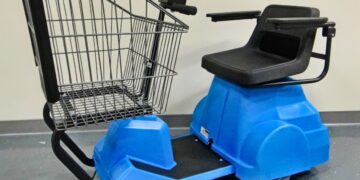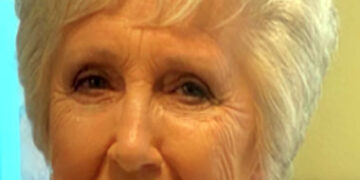As parents, ensuring the safety and comfort of our little ones is a top priority, especially when it comes to traveling in a car. With the advancement of child car seat technology, rotating car seats have become increasingly popular among parents. These innovative car seats offer the convenience of easy access and adjustable positioning, making it simpler to secure your baby in and out of the seat. However, as with any new product, you may have questions about its safety and suitability for your child. Let’s explore what a rotating car seat is, how it works, and whether it is safe for your baby.
What is a Rotating Car Seat?
Also known as a swivel car seat, is designed to rotate on a base, allowing for convenient access when placing your child into the car seat or removing them from it. Unlike traditional car seats, which are fixed in one position, rotating car seats can be swiveled to face the car door, making it easier to buckle and unbuckle your baby without straining your back or struggling to reach them from the outside of the vehicle.
How Does a Rotating Car Seat Work?
Rotating car seats are typically equipped with a base that is securely attached to the car’s seat using the vehicle’s seat belt or ISOFIX connectors. The car seat, where your baby sits, is then installed onto the base and can be rotated to face either the car door or the rear of the vehicle. Some models even offer 360-degree rotation, allowing for seamless switching between rearward-facing and forward-facing positions. The rotation feature is usually operated using a lever or a button located on the side of the car seat.
Is a Rotating Car Seat Safe for My Baby?
The safety of a rotating car seat depends on several factors, including the quality of the car seat, proper installation, and following the manufacturer’s guidelines. When choosing a rotating car seat for your baby, consider the following safety aspects:
Safety Standards: Ensure that the car seat meets the safety standards of your country or region. Look for certifications such as ECE R44/04 or i-Size (R129) to ensure compliance with safety regulations.
Proper Installation: Correct installation is crucial for the safety of your baby. Follow the car seat’s manual and the car manufacturer’s guidelines to ensure a secure and stable fit.
Age and Size: Make sure the car seat is suitable for your baby’s age, weight, and height. Some rotating car seats are designed for newborns, while others are more suitable for older babies and toddlers.
Rearward-Facing Option: Opt for one that allows for extended rearward-facing use. Rear-facing is the safest position for babies and young children, offering better protection for their head, neck, and spine.
Quality and Reviews: Choose a reputable brand with positive reviews and high safety ratings. Reading reviews from other parents can give you insights into the real-life performance of the car seat.
Wrap it up:
A rotating car seat can offer convenience and ease of use when traveling with your baby, but safety should always be the foremost consideration. By selecting a high-quality rotating car seat, installing it correctly, and following the recommended guidelines, you can ensure that your little one travels safely and comfortably. Always remember to keep your baby in a rear-facing position for as long as possible and transition to a forward-facing position only when they have outgrown the rear-facing weight and height limits. As with any car seat, regular maintenance and compliance with safety regulations will contribute to a safer and more enjoyable travel experience for both you and your baby.






















































































